
Hey folks! When Vikings Attack! is out November 6th (that’s Tuesday!) for PS3 and PS Vita via PSN, and is a Cross-Buy title — buy it once, get it on both platforms.
In the run up to release the team over at Clever Beans wanted to cast a bit more information out to help people understand the game a little better so we asked them to write a top 10 of interesting facts about the game and where it came from. The guys have loads of stories from the development of the game — probably more than you’d think.
So without further ado, we present: 10 mostly true facts you probably didn’t know about When Vikings Attack!
1. Real Vikings didn’t wear horns on their helmets.
But they do in our game. Apologies to any Viking fans, Scandinavians, historians, or anyone else who feels we have unfairly besmirched the reputation of Vikings or taken liberties with historical accuracy. The game is deliberately based only on vague, half-remembered half-truths from high school (longer ago than you might imagine). Real Vikings are indeed a fascinating subject, but this game is about the Vikings of common mythology, rather than real history.
Also, Vikings did not really invade 1970s Britain. We made that bit up too.
2. Many of the sound effects for the game were recorded by our sound designer Jamie Finlay during a foley session in an abandoned warehouse full of stolen biscuits (cookies) that was demolished the next day.
In fact, Vikings probably has the largest sound budget of any game that we have worked on. By “budget”, we programmers mean the amount of the console’s memory that is dedicated to storing sound effects and music as opposed to graphics or computer code or other stuff. Almost everything in the game has a customized smashing or throwing sound, or both, many of which will make you laugh out loud. There are also countless funny vocal exclamations, in various accents from all over the UK; at Clever Beans we call these “Ey-Ups”.
Jamie is a real perfectionist, and even took his laptop on vacation to Spain with his girlfriend so that he could do some last-minute voice-over editing for us. We can only apologize to her for this.
3. An early storyline for the game involved a talking horse with a colander on his head.
We will definitely include a talking horse in one of our games, in the future. There are clearly nowhere near enough games about talking horses.
4. In a (much) earlier version of the game, the player could punch, kick and jump, and also throw other characters around just like objects.
We’re big fans of “iterative prototyping”. The game started out as a massive beat-em-up, like a bar-brawl. To start with, we couldn’t figure out how to make this seem like a convincing fight; there were a lot of characters wandering around doing nothing, and it wasn’t clear how the player could control more than one character at once. So we decided to have friendly characters follow the player character around. We had the idea that they were your “lives”, who would be following you around, waiting to step in and take over when needed. From there, it was only a small step to make them all controllable at once, as a team.
5. In one prototype level that we built, player teams could walk on walls.
Another case of us stretching our ambition a little too far. It all got a bit too confusing, both to play and to code.
The game feels a little bit like an iceberg sometimes, a little pile of fun sitting on top of a much larger mountain of submerged, discarded gameplay ideas. It sometimes feels like we’ve written around three games in order to make this one, and thrown the other two away.
6. The characters that you see in the game are the 3rd or 4th iteration character models.
An early prototype “stick-man” character is unlockable in the game; see if you can find him! Producers at Sony liked this little guy so much that they asked for him to be put back him, even though he was only a “coder” graphic made by one of the programmers. We got an artist to re-make him with a nice smiley face, though.
A later, but equally defunct, character model can be found near the town hall in the game, as a statue.
7. No penguins were harmed during the making of the “Zoo” level.
The donkey, however, was completely bent out of shape, over the course of the project. Originally built for our first prototype world, he was re-used in the “sorting office” world, the “pier” world, then transformed into a zebra for the “zoo”. Finally, after a lot of stretching and another new paint job, he put in a stint as a giraffe, also in the zoo. Such is the nature of indie game development – we all have to wear a lot of hats. Even donkeys have to wear a lot of hats.
8. The most time-consuming special animation was the mime artist.
But he was the quickest to make sound effects for. The robot “Auscenic” is another favorite animation. The track that he is break-dancing to is actually “I’m in the mood for dancing” by the Nolan Sisters. So he’s not quite as cool as you might think.
9. The inspiration for the “Public Information” films that punctuate the game came from a series of 1970s cold-war films called “Protect and Survive”.
These were made in case of a nuclear attack on Britain, but never broadcast – perhaps because they are so terrifying. We substituted the cold-war terror of a nuclear invasion for a load of daft Vikings. Another inspiration was a British comedy series called “Look Around You”. This is a spoof of 1970s educational programs, which has excellent period sound and music effects. It’s also completely brilliant and hilarious.
10. When Vikings Attack! has the longest credits list in the history of gaming.
The normal credits are pretty dull, I’m afraid. But when you reach the end of the game, you will unlock the “enhanced” credits. These really are worth watching, and listening to.



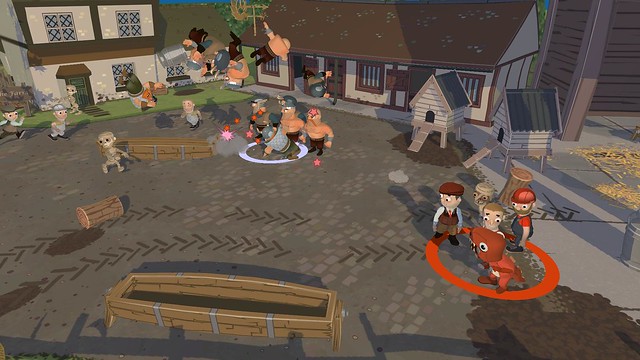
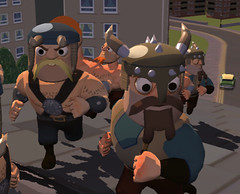
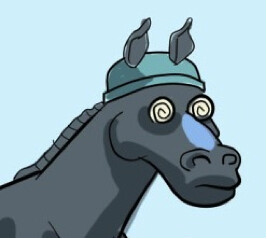
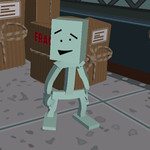

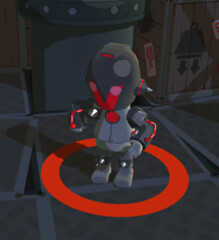
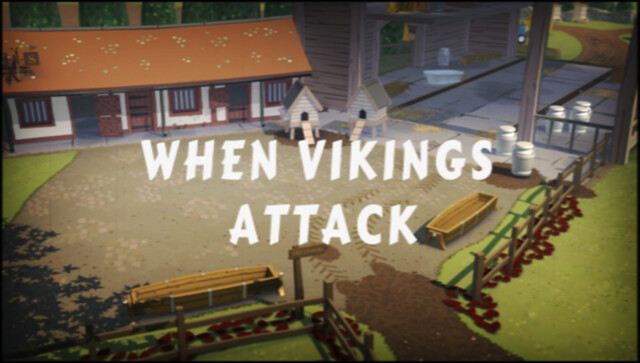








Comments are closed.
41 Comments
Loading More Comments